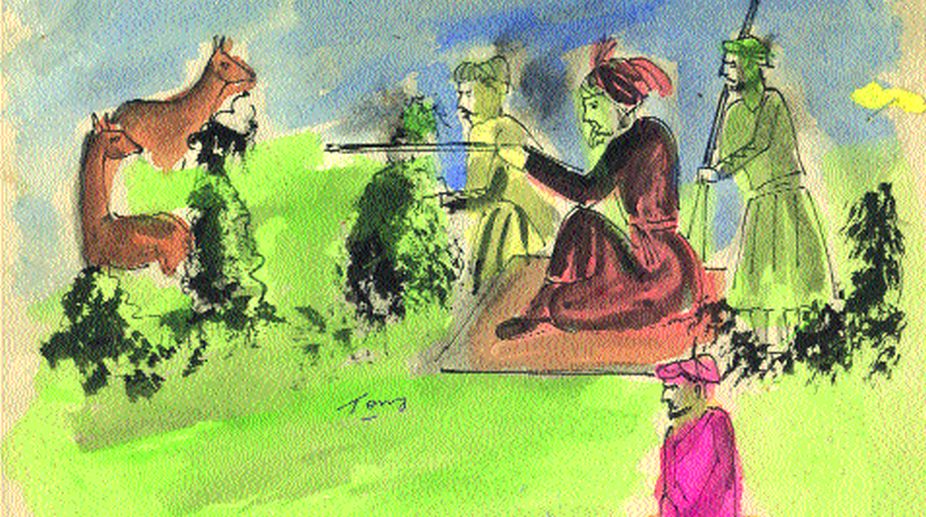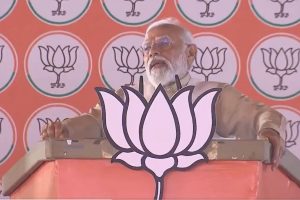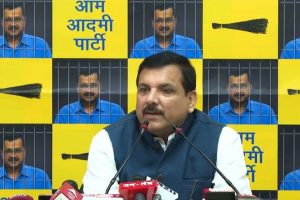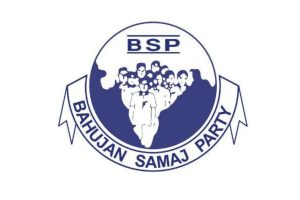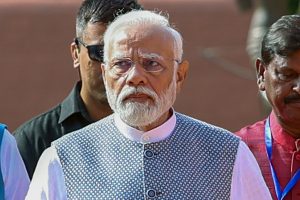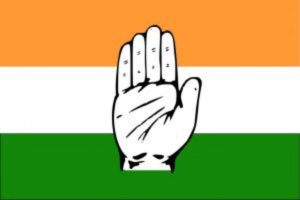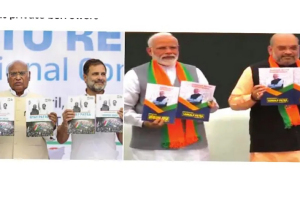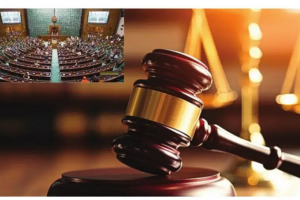Mughalai food has surprisingly survived long after the end of the Mughal empire, started by Zahiruddin Babar in 1526. The British deposed Bahadur Shah Zafar after the "Mutiny" of 1857, seized the Jama Masjid and Fatehpuri Masjid but couldn't ban Mughlai food, though Masita Kababi, patronized by the likes of Mirza Ghalib lying temporarily closed, became the haunt of stray dogs, making the poet remark in a letter to a friend in Jaunpur, "Mian Masita ki dukan mei tau ab kutte lot the hai".
But after that even a succession of British officials living in the Civil Lines began munching kababs with their evening drink brought by khansamas from Matia Mahal or the shops below the steps of the Jama Masjid.
Later, when New Delhi came up, the same practice continued, with the sahibs feasting on shammi kababs at the parties hosted by the Chief Commissioner of Delhi, of whom Mr Evans was the last when the Raj ended.
Mughlai food has a history of about 500 years of delicious dishes. When Babar came to India, he was fascinated by the country's cuisine and the large variety of spices available. Hitherto he was used to eating log-cooked chicken and meat, specially the "raan", or hind leg of the ram. In India he began to improvise dishes. His son Humayun did the same and Mughlai food began to the prepared in the royal kitchen. Akbar improvised further after his widespread conquests; more varieties were to the had because of the addition of goat's meat, hardly available in countries like Persia and Afghanistan.
Akbar was a frugal eater and preferred to eat alone. But his son Jahangir was fond of eating and drinking. It was he, who coined the following couplet:
Ek Luqum Kabab ho,
Ek Pyala sharab ho,
Sultanat-e-Noor-e-Jahani
Abaad ho barbaad ho
It means that a kebab and a glass of wine is all he needed and left governance to his wife. No wonder, Noor Jehan took command of the empire and decided on all important matters of state. The emperor seemed to enjoy it as he found more time for indulging in lavish feasts. More and more dishes were added to the Mughal Dastarkhuan or meal-spread. However, it was not as though Jahangir had taken leave of State matters and allowed the kingdom to be run only by the queen. The verse he coined in her honour was a bit of an exaggeration, though there is no doubt that he was a gourmad. Even so, he was quite concerned about governance and sometime would overrule his beloved consort too.
What Jahangir did was bettered by Shah Jahan, the greatest of the Mughals in pomp and show. His menu was an enlargment on that devised by his father and grandfather. In this, he was aided by his daughters, Jahanara and Roshanara, after the death of his cheif queen, Mumtaz Mahal, who otherwise used to order the royal dishes to be served each day. Instructions would be given in the Agra Fort, (the Red Fort came up after her demise) to the Mir Bakawal and passed on to the Khansamah and further to the assistant Bawarchi or cook. The daughters later took her place, helped by the heir apparent Dara Shikoh. His brothers, Shah Shuja and Murad, were also great connoisseurs of food, but Aurangzeb was Spartan in his habits, which were also reflected in the meals he ate. He told a visiting hakim from Turkey that Mughal cuisine combined the pleasures of heaven and hell, since it was delicious and pungent at the same time.
Though what passes off as Mughlai food these days is not really the stuff that the great Mughals ate, it nevertheless continues a tradition of several centuries, during which a large assortment of dishes have been added. It was during the reign of Jahandar Shah (1712) that Mughlai food went out of the confines of the Red Fort, for he had married a dancing girl of the Walled City, Lal Kuwar, whose relations and friends all came to know of Mughlai recipes. That was five years after the death of Aurangzeb, who had popularised Delhi non-vegetarian food in the Deccan.
Mohammad Shah Rangila, the colourful emperor (1719-1748) was a great food connoisseur, who improvised cuisine probably more than all the earlier Mughals. Even his modest meals were fit for kings and princes. After Mohammad Shah, Ahmed Shah and then Shah Alam kept up the tradition but they were no great connoisseurs. Akbar Shah II, who succeded Shah Alam, did not have control over the whole country, which had come under the British, and his meals reflected his reduced status. His son, Bahadur Shah Zafar, the last of the Mughal emperors, was enamoured of deer meat as he had been fond of hunting in his younger days, but he also liked lighter food, particularly moong ki daal, which came to be known as Badshah Pasand, while Malka Masoor was later named after Queen Victoria.
The Mughlai food eaten in the Red Fort was mostly roasted stuff. Tandoori Murgh (they did not like the hen) served as the main course. Murgh Mussalam for those in need of an elixir, roasted "raan", mince of several kinds, roghan josh, pasanda, kofta nargisi, liver, heart of lamb, memna or lamb's haunches, korma, kababs of many kinds, including the chappali kababs, bhuna gosht, full roasted ram, fish curries, fried river fish and exotic salads, all washed down with wines from Portugal and Spain, especially the wine of Oporto, in the case of those Mughals, who drank (not all did). A great delicacy was venison and the flesh of a number of birds like duck, partridge, pigeons and bater, chidi pulao from sparrow, kaaz kulang and other birds, including migratory ones, eaten with naan, sheermal and chappati (they didn't call it roomali roti).
Desserts comprised fruit and sweets, halwa and kheer. The prince in charge of food distribution to the royal inmates was known as Mirza Chappati during the "Mutiny" days though his real name was Mirza Fakru.
Now, besides the five-star hotels, Mughlai food has been popularised by Karim's and others, including such outlets as Al Kausar, which serves preparations with secret recipes left behind by Nabbu Mian of the late 19th century.
Jama Masjid, Ballimaran, Mehrauli, Nizamuddin and Bara Hindu Rao are among the places with favourite food joints and so Mughlai food continues to tickle the taste buds even in the 21st century with chicken tikka, the craze even in posh new Delhi areas, where five-star hotels have started serving it. The saying that "food absorbs drinks" still holds good, for that was what some of the Mughals advocated too. One's own memories of Chicken Tikka Masala go back 60 years, when they were made by a Lucknawi cook at the wedding of Nawabzada Fazalur Rehman Khan. That was the time when the dancing girls of Ferozabad came to probably give one of the last such performances in the city of the Taj, for after that the dance form went out of fashion but not Mughlai food.

